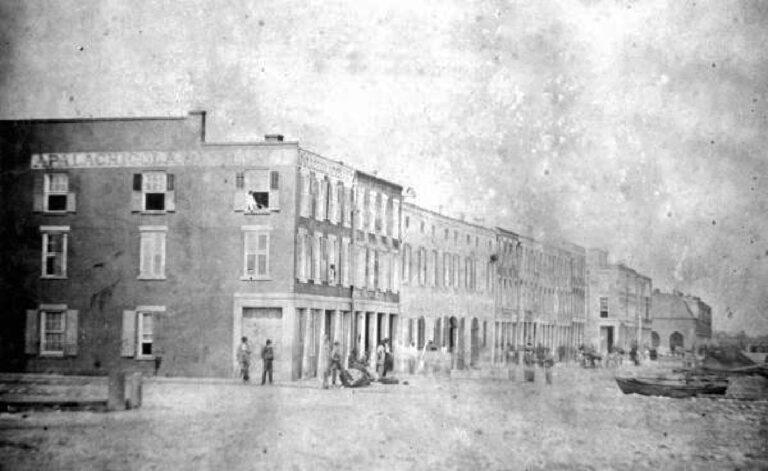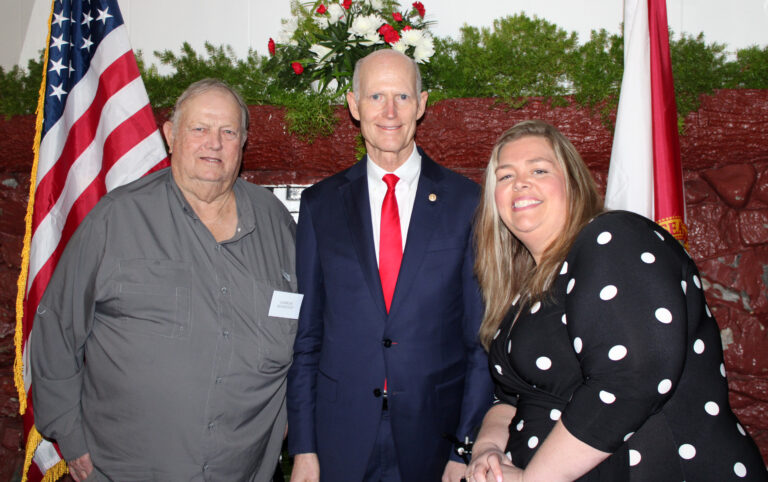Legacy Post Disclaimer
This is a #Legacy post imported from The Apalachicola Time’s previous platform. If you’re experiencing issues with this article, please email us at news@nevespublishing.com.
Pay study recommendations shape salary debate
The debate regarding employee rate hikes comes amidst the unveiling last month of a compensation and classification study produced for the city for a roughly $8,000 price tag.
The salary survey by Evergreen Solutions LLC compared city salaries with 11 market peers, including Eastpoint, Franklin County, Port St. Joe, Panama City, Bunnell, Callaway, Crawfordville, Defuniak Spring, Dunellon, Flagler Beach, Fort Walton Beach, Navarre Beach, Freeport, Indialantic, Melbourne Beach, Mexico Beach, Ocean City, Springfield, St. Augustine, Tarpon Springs and Valparaiso.
The authors said they worked to factor in cost of living adjustments in the calculations.
“The results show the overall market position for Apalachicola at the survey midpoint is 16.5 percent behind the market average,” the authors wrote.
Evergreen recommended the city adopt an adjusted pay plan with consistent range spreads and progression between the grades, and then assign positions to pay grades based on internal equity and the results of the market survey,
“Some positions will see larger adjustments than others due to the market response,” the study noted.
The study presented three implementation options. The first would bring employees who are below the minimum of their recommended pay range up to that minimum, with no further adjustments made.
The second, known as tenure parity, would factor in the length of time the employee has been with the city. A third option, the hybrid parity, would realign employees in their salary range based on their years in their current classification as well as their years spent in other classifications.
Finance Manager Mark Gerspacher said that he also added a cost of living increase, generally in the $1,000 to $2,400 range, for those employees who did not see their pay go up based on the bringing to minimum or tenure parity.
If adopted, the bringing up to the minimum in their respective pay range, and the tenure parity , would lead to large increases for several employees.
City Manager Travis Wade would be in line for a roughly $11,700 increase to his current $68,300 salary based on minimum pay range, and that would be coupled with a roughly $3,300 tenure parity boost, for a total pay package, including benefits, of about $126,700.
Police Chief Bobby Varnes could see his roughly $61,000 salary receive a roughly $7,700 minimum pay boost, with an additional $26,000 tenure parity, for a total pay package of over $139,000.
Building official Tammy Owens could see a pay increase from $80,000 to about $82,000, for a total pay package, including benefits, of about $112,5000. Gerspacher could see his salary increase from $65,000 annually to about $69,000, for a total pay package of about $106,500.
Lts. Chet Turner and Timmy Davis could see their roughly $44,000 annual pay rise considerably, based on $4,500 minimum pay boosts, plus additions of about $13,700 and $10,900 tenure parity boosts, respectively. Each would have salary and benefit packages in the $90,000-plus range.
The other officers would receive smaller minimum pay and tenure parity boosts, with all officers making at least $67,000 in total salary and benefits.
In the public works department, the biggest factor in the pay increases would be based on tenure parity, with Superintendent Greg Harris eligible for an additional nearly $18,000 to his current roughly $48,000 annual salary, for a total package of about $91,400.
Robert Chancey, the inmate crew supervisor, could get about $13,300 more based on tenure, to where his annual salary would rise from $34,400 to $47,700, which totals about $71,000 with benefits.
These proposed pay raises brought sharp criticism from members of the audience, likely triggered by a widely circulated Aug. 15 email from Leo Bebeau, the city’s former finance director, that was critical of the pay hikes as well as other aspects of the proposed budget.
The public comments opened with the passing out of a sheet from retired Navy scientist Rob Zingarelli, that compared the proposed salaries to those of military officers and scientists.
“After 30 years a senior scientist makes well under $125,000,” he said. “At the top levels, the proposed pay is well above what a nuclear sub commander makes. We’re up in the one star general range. They seem pretty high (compared) to federal pay levels.”
Ash made clear from the outset that the workshop, and its weighing of the Evergreen study, was not a done deal.
“This is a workshop and there is nothing written in stone,” she said. “This is a draft; we are working through the process. This is not the final.”
Apalachicola resident Diane Brewer, a retired banker from South Florida, said that in 43 years in the private sector. “I never saw a salary increase of more than 5 percent.
“This is not the time, in a major economic downturn when people are struggling, to be considering raises of an incredibly (high amount), even when they are deserving,” she said. “I ask that you seriously consider a major revision to that portion of the budget.”
Apalachicola resident Pete Whitesell said that with $240,000 proposed for vehicles, $169,000 for employee raises and $100,000 for Tallahassee lobbyist, “that’s over a half-million dollars of discretionary spending.”
He said that when budgetary requests have been made by citizens in the past, “the response is always ‘We don’t have enough money for that.
“One solution is to hire an additional city employee to reduce the workload,” Whitesell said. “How about giving raises, but spread out over several years or tie to performance goals?
Apalachicola resident Tom Edwards said he could understand a 10 percent cost of living increase, but was critical of some of Evergreen’s reasoning in calculating the pay hikes.
“A raise of the magnitude you are discussing I personally think is unconscionable,” he said. “I can understand pay raises, and based on performance, but I can’t understand the magnitude (of these). Little folks aren’t getting raises; I recommend you strongly consider a cost of living raise for the little guys.”
City Manager Travis Wade took issue with Bebeau’s email, describing it as “full of erroneous information.” He noted that city commissioners had voted to conduct the salary study, and that Evergreen’s comparisons had shown that Apalachicola’s salaries were lower than comparable sized cities.
“Go over and look up what the Port St. Joe city manager makes or the head of Tallahassee public works,” Wade said. “Don’t believe everything you read; don’t believe this.”
Commissioner Antia Grove said the study was “the right thing to do. It was professional advice from an outside company that gave us parameters.
“Our minds have not been made up,” she said. “The letter is inflammatory and did not characterize it in the right light.”
Commissioner Despina George said she would have preferred if the commission’s review had taken place at a different time than the current budget deliberations. “It’s now a budget issue and not about the merit of the study,” she said.



Meet the Editor
David Adlerstein, The Apalachicola Times’ digital editor, started with the news outlet in January 2002 as a reporter.
Prior to then, David Adlerstein began as a newspaperman with a small Boston weekly, after graduating magna cum laude from Brandeis University in Waltham, Massachusetts. He later edited the weekly Bellville Times, and as business reporter for the daily Marion Star, both not far from his hometown of Columbus, Ohio.
In 1995, he moved to South Florida, and worked as a business reporter and editor of Medical Business newspaper. In Jan. 2002, he began with the Apalachicola Times, first as reporter and later as editor, and in Oct. 2020, also began editing the Port St. Joe Star.